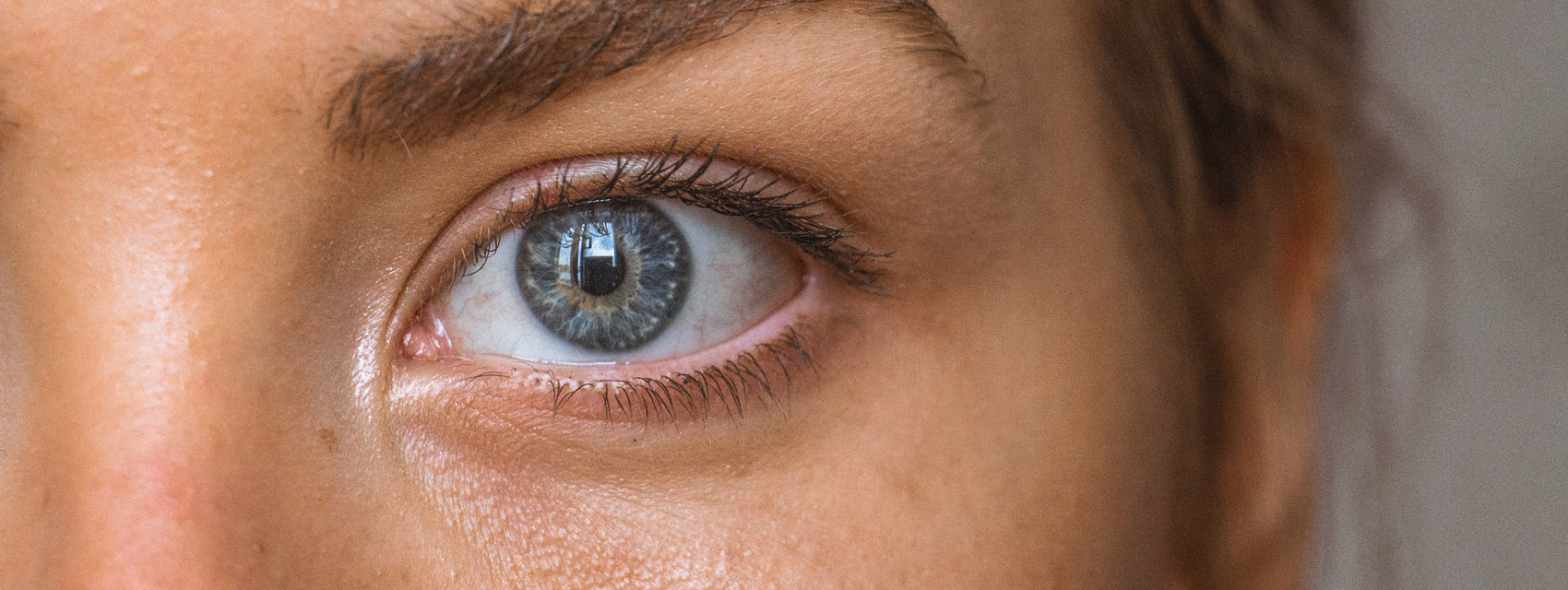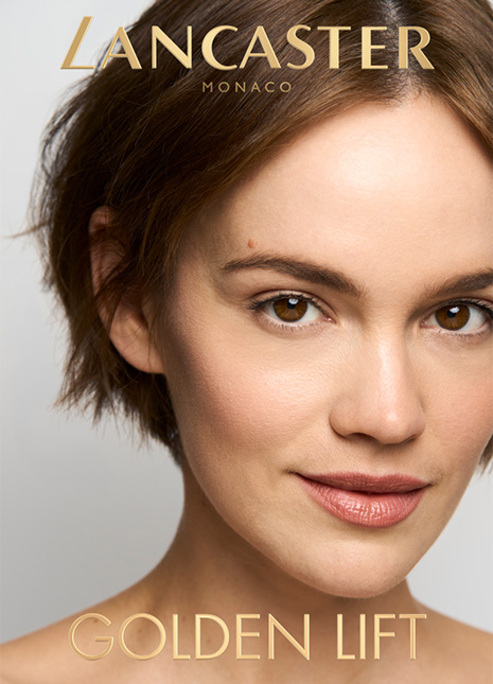Brown Spots On The Skin: Causes And How To Treat Them
Keep your skin and body healthy.
It's almost impossible to resist the lovely warmth on your skin and the idea of having a golden tan to show off all summer, but there are various health consequences that sun exposure can have on your skin. One of the most common and most visible ones are sun spots. Also known as brown spots, liver spots, solar lentigo or age spots, they are not only standing in the way of aesthetics, making you look older than you are, but they can also be indicators of increased cancer and health risks related to UV damage. In order to help you preserve your natural ageless beauty and keep your skin and body healthy, we prepared a concise summary of what sunspots are and how to identify them, prevent them and treat them.
What is hyperpigmentation?
As the name suggests, hyperpigmentation refers to uneven darkening of the skin, which can be caused by various external stressors, the most common being sun exposure. Sunlight triggers the production of melanin within the lower layers of the skin which then travels to the surface, resulting in discoloration. Similar to how skin scars when it's cut, pigment collects in areas of your skin that have been injured due to sun damage and therefore creates infamous brown sports of patches. These dark spots can develop in all shapes, sizes and densities, and can furthermore present different health risks. For those experiencing such issues, exploring effective skin pigmentation treatment Singapore offers could provide targeted solutions to manage and reduce these spots.
What are the signs and symptoms?
Brows spots are easy to notice, since they are what they are - brown. However, they do not cause any discomfort or pain, nor do they itch. There are several forms of brownish spots you may notice on your skin, and each has a distinct appearance and characteristics. Lentigines are actually the sun spots, age spots or liver sport. They are slightly bigger than freckles and, depending on your tan, can range in color from light brown to almost black. Freckles are cute little dots which darkens during sunnier seasons and fade or completely disappear in the winter. Freckles are typically harmless, but could be a sign of a higher risk of skin cancer. And melasma are irregularly shaped patches of darker skin, which usually appear in women in their 20s or 30s and are caused by hormonal imbalances, but can be aggravated by too much sun exposure.
How to treat brown spots?
Prevention is better than cure, so before we tell you more about treatments, let's talk about how to prevent hyperpigmentation in advance. Make sure to apply sunscreen with an SPF30 or more every morning before going out, and limit your sun exposure, regardless of how bad you want a tan. When it comes to hyperpigmentation treatment, you can opt for topical products or procedures, such as laser therapy and chemical peels. While procedures are faster, they are also more expensive and pose a higher risk of having side effects. Using topical products for reducing brown spots and other skin blemishes is a cheaper and simpler option, yet it requires discipline. Creams and lotions which contain AHAs and glycolic acid can have amazing results if used regularly.
While we all aspire to achieve flawless skin, there are unavoidable conditions and processes we need to accept and learn to deal with. Although they may seem alarming at first, brown spots are natural signs of sun exposure and aging. Take some time to read and understand more about how and why they occur so you're prepared to effectively prevent and treat them.
What are the causes and risk factors?
Although everyone, regardless of their age, gender, health background or lifestyle, is at risk of developing sun spots on their skin, there are certain risk factors that may increase your chances for sun-related discoloration on your body. Once you turn 50, you're at higher risk of general UV-related skin damage, including sun spots. This is because your skin loses its elasticity, starts to become thin and is, therefore, more susceptible to stress and damage. Your chance for developing brown spots can also be dependent on your immune system, since it is a key component in the process of healing wounds and damage both in your body and on your skin. The weaker your immune system is, the less chance your skin has to resist and repair the surface damage, and therefore prevent the creation of sun spots, wrinkles, and fine lines. Moreover, the color of your skin is another important factor - melanin (skin pigment) helps block harmful ultraviolet rays. Therefore, individuals with fair skin are more likely to suffer sun-related skin damage.
Next up, How I Switched To A Fully Eco-Friendly Beauty Routine












